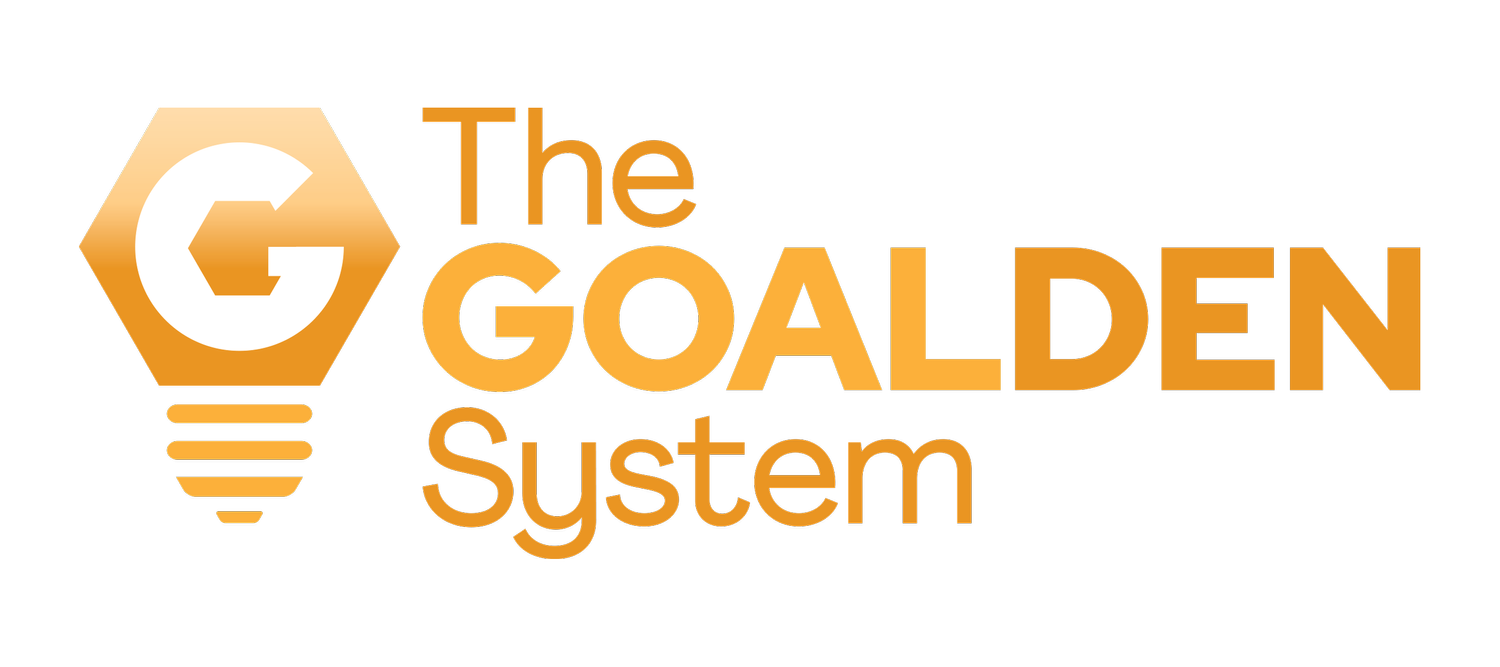Prioritize Your List: Try the Covey Quadrant
Do you make to-do lists? How do you decide what task to tackle first?
Getting started can be the hardest part, especially when you have a lot of things going on. The Goalden System supports our partners by introducing and adapting various tools and strategies. It’s important to remember that not all strategies will work for everyone, and that’s ok.
A common situation we hear from our partners is that they find themselves with long to-do lists and struggle to find a place to start.
What is a great first step that is easy to implement and super adaptable?
While there are many different tools and strategies, let’s explore Covey Quadrants. Stephen Covey, the author of The Seven Habits of Highly Effective People, developed the Covey Time Management Matrix, commonly referred to as the Covey Quadrant. The quadrant uses two factors to prioritize tasks; urgency and importance. The relationship between these factors is what creates the four quadrants. Urgency is defined as tasks or responsibilities that require immediate attention or action. Important items are considered to be highly significant or will impact goals.
To move through the quadrant, begin on the first row moving from left to right, and then move onto the second row moving from left to right once more.
Quadrant 1 (Q1) involves tasks considered urgent and important. Tasks within this category will often be time-bound and non-negotiable situations, such as paying a bill on the 1st of the month, so you do not incur a late fee.
Quadrant 2 (Q2) tasks are defined as not urgent but important. These tasks require planning, creating routines, or implementing systems, thus involving a few additional steps but more easily managed because there is time to do that. These items are not immediate but need to be initiated or scheduled into your week/month. Priorities within this quadrant require focusing on activities and critical thinking. A home improvement project could fall within this quadrant because to accomplish this task, you will have to think through all of the steps involved before getting started…unless you are a relative of mine and don’t mind things taking just a bit longer because you didn’t plan for the unexpected.
Quadrant 3 (Q3) contains the “sneaky” tasks because they appear to be urgent but are not as important as they appear to be. These tasks usually try to pull you away from the important tasks in Q1 or Q2, as they are centered around busy work and interruptions. For example, a family member may ask for your help with something in the other room, but you are in the middle of you writing an email for work. At this moment, getting up to assist the family member will pull you from writing your email, but it feels (deceptively) like it’s an urgent matter.
Quadrant 4 (Q4) holds the not urgent and not important tasks that we all fall into sometimes. If you ever find yourself scrolling aimlessly through social media, only to look up at the clock and realize it’s been an hour, then you have just experienced Q4 of the Covey Quadrant. Quadrant 4 is where task avoidance typically occurs. It’s okay to be in Q4 for short periods, but try to limit your time here, especially when you have other tasks you should be tending to.
How can I use Covey Quadrants to help with my to-do list?
Take a look at your to-do list and write what quadrant each task falls into. This only works, however, if you’re honest with yourself about the urgency and importance of each task. Keep in mind any deadlines for this task or planning needed to help determine which quadrant it would fall into. Just because you don’t want to do a task doesn’t make it an unimportant/not bound by time situation. Once you’ve identified which quadrant the items are, you can focus on tackling the most urgent and important, or Q1, tasks because those require your immediate attention.
Do tasks shift between quadrants?
Yes! A task such as “give my dog a bath” can go from a task that is not urgent but important for your animal’s well-being to something extremely urgent if said dog is sprayed by a skunk or rolls in the mud. Even mundane tasks will shift between the quadrants as deadlines approach. That is why reflecting on your to-do list throughout the week is useful.
Benefits you may experience
Tools such as the Covey Quadrant are easily adapted to suit your needs. Each of our partners that embrace this strategy have different experiences. For example, we have witnessed our partners:
Improve productivity
Enjoy more time to do their hobbies
Feel less stress because they know when tasks need to be completed
Have a better understanding of what tasks are truly urgent
Improve their reflection skills
Take time to schedule tasks into their week
We highly recommend reading more about Stephen Covey. You can add that task to your to-do list and label it with the appropriate quadrant. 😉
Ready to learn more about Covey Quads and how it can benefit you and your to-do list? Reach out to us or sign-up to chat and schedule your free consultation today! We’d love to work with you and empower you to tackle your to-do list.


